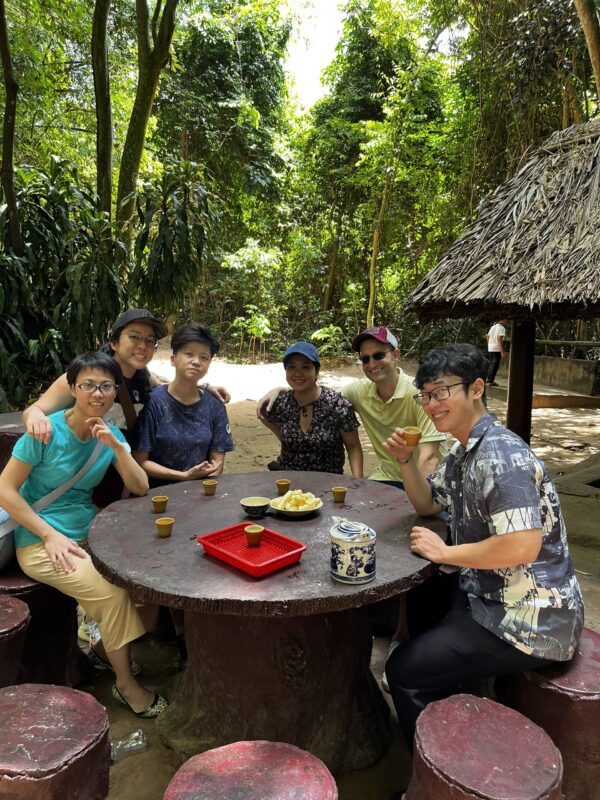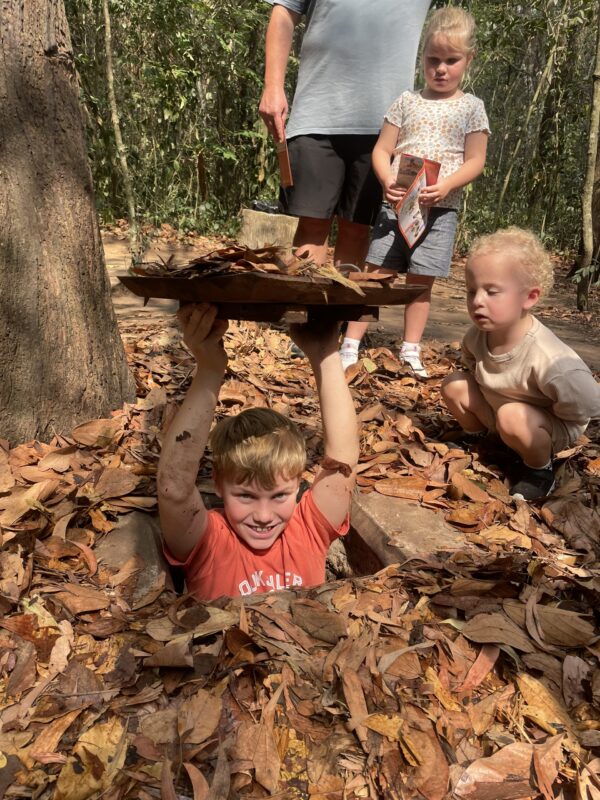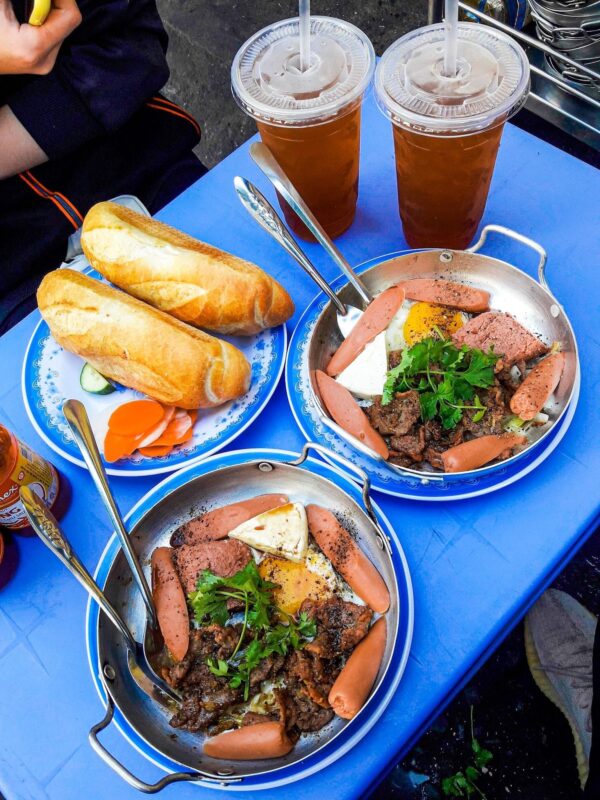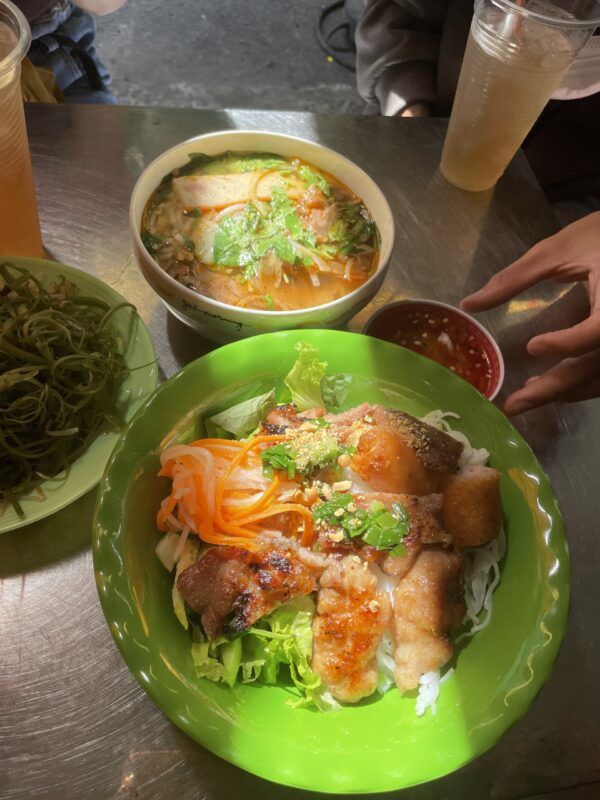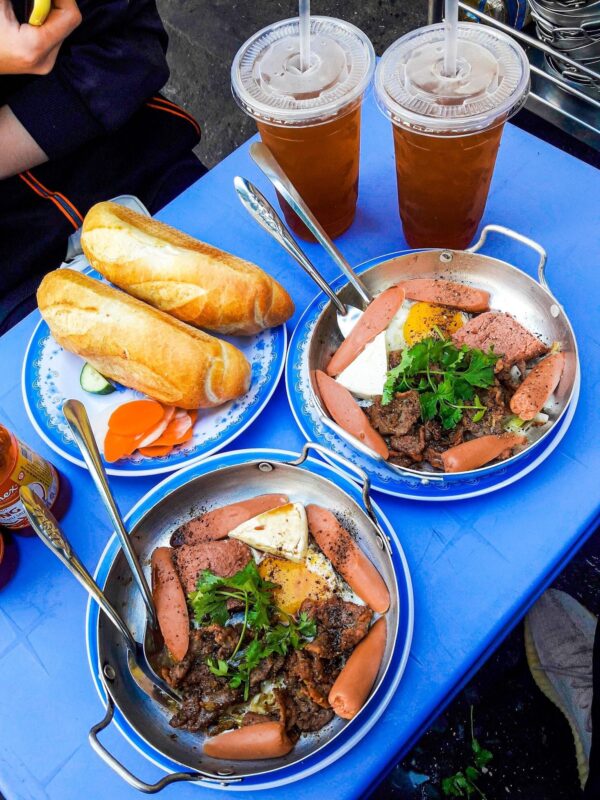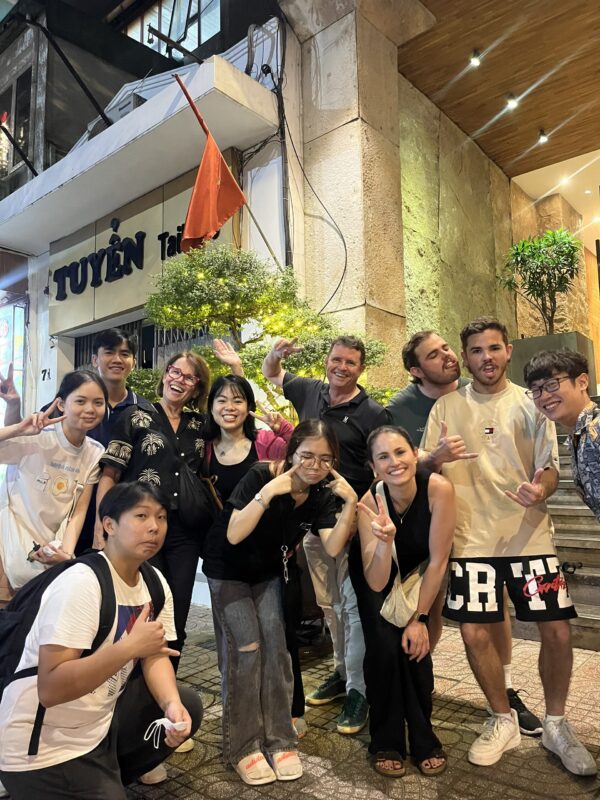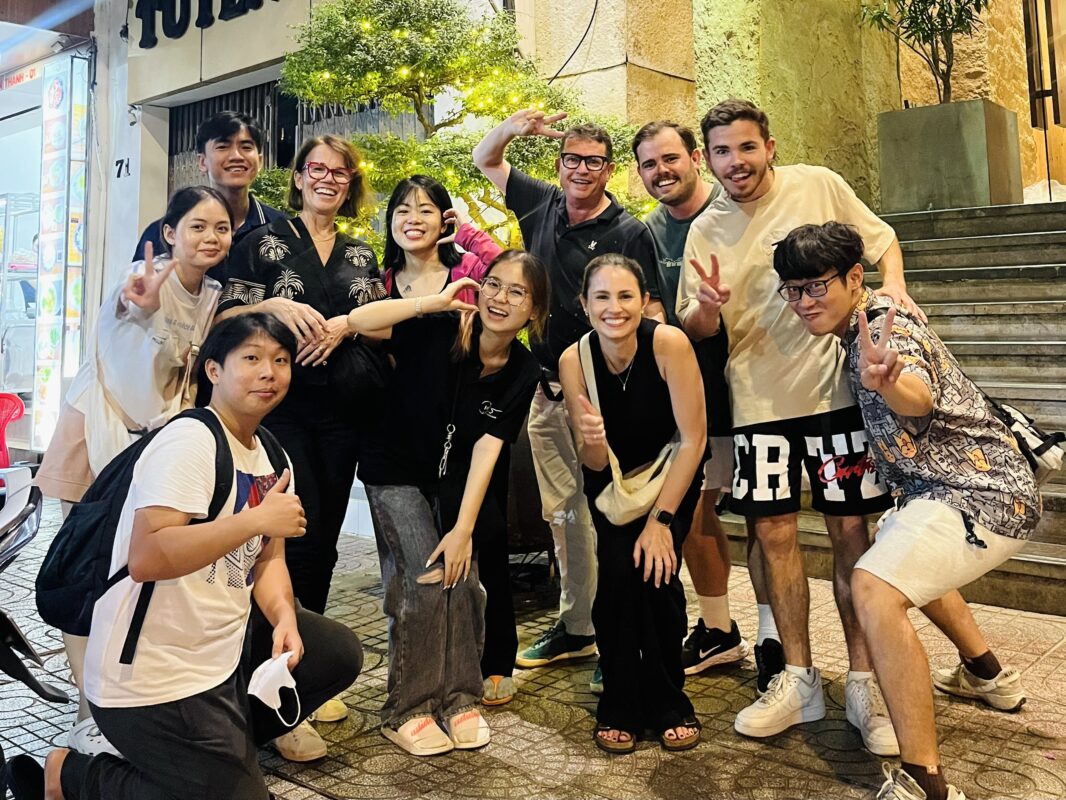Đi dạo năm châu là một chương trình
The history of Hoàn Kiếm Lake is deeply intertwined with Vietnamese legend. Its name, which translates to “Lake of the Returned Sword,” originates from a 15th-century tale. According to legend, Emperor Lê Lợi was given a magical sword by the gods to help defeat the invading Ming dynasty. After his victory, while boating on the lake, a giant golden turtle surfaced and reclaimed the sword, returning it to its divine origins. From that day forward, the lake became known as Hoàn Kiếm, symbolizing the unity and protection of the Vietnamese people.
This legend is commemorated by the Turtle Tower (Tháp Rùa), a small pagoda located on an island in the lake, which serves as a reminder of the lake’s mythical past. The sight of Turtle Tower illuminated at night remains one of the most iconic images of Hanoi
Hoàn Kiếm and French Colonial Influence
During the 19th and early 20th centuries, Hoàn Kiếm Lake underwent significant changes under French colonial rule. The French sought to transform Hanoi into a modern capital, and the lake area was redesigned as a public space. Surrounding streets were built, and European-style buildings began to emerge around the lake, giving the area a blend of French and Vietnamese architectural styles.
The Hà Nội Opera House, located just a short walk from the lake, and the Sofitel Legend Metropole Hotel, an iconic colonial-era hotel, are remnants of this period. These structures still stand today as symbols of Hanoi’s colonial past and its journey toward modernity.
3. The Role of Hoàn Kiếm in National Pride and Unity
Throughout Vietnam’s turbulent history in the 20th century, Hoàn Kiếm Lake has been a silent witness to many key historical events. During the wars for independence from France and later during the Vietnam War, the lake area became a hub for patriotic demonstrations, speeches, and gatherings. It was a place where people would come together to express their hopes for a free Vietnam.
In the post-war years, Hoàn Kiếm continued to evolve as a symbol of national pride. The Ngoc Son Temple, situated on a small island in the lake and connected by the Huc Bridge, is a popular spot for both spiritual reflection and cultural reverence. Built to honor General Trần Hưng Đạo, who defeated the Mongol invaders in the 13th century, Ngoc Son Temple further solidifies the lake’s deep-rooted significance in Vietnamese history.
4. Modern Hoàn Kiếm: A Blend of Tradition and Change
As Hanoi grew and modernized in the latter half of the 20th century, Hoàn Kiếm Lake retained its place as a peaceful retreat amidst the bustling city. Today, it’s a focal point for leisure and social activities, where Hanoians gather for morning tai chi, evening strolls, and weekend events.
In recent years, efforts to preserve and protect the lake have intensified, with restoration projects focused on cleaning the water, maintaining the surrounding greenery, and conserving the historical landmarks. Despite the city’s rapid urbanization, Hoàn Kiếm has managed to hold onto its traditional charm while adapting to the needs of a modern city.
TOUR OPTIONS & DETAILS
GROUP TOURS
Guide: Tran Quoc Dat guide you to his very FAVORITE street food spots in Hanoi’s famous Old Quarter.
Group Size: Limited to 7 curious foodies / Contact Us for larger groups
Tour Type: Walking Tour
Tour Length & Start Time: Length – 3hrs / Start times 8:30am & 4:00pm
Food Details: Specializing in Hanoi cuisine (foods, desserts & drinks). We’ll hit approximately 7-8 of Lylla’s favorite vendors.
Pricing – VND
- 100.000 VND/person
- Pricing includes all food & drink costs, and a welcome gift / All stops are walking distance inside the Old Quarter


